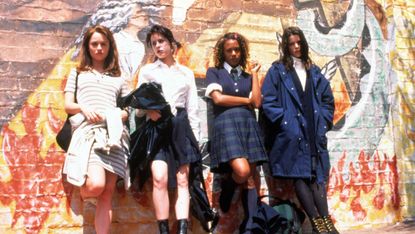
If you grew up in the '90s, you probably remember watching (and loving) The Craft. It was the movie for the rest of us. The others. The outsiders. It was for the girls who couldn't relate to the characters in Clueless, but were still in search of authentic representation on screen.
By 2016 standards, The Craft doesn't initially appear to be a work of feminist filmmaking. But for a teenager in 1996 who was unsure of her place in the world, it appealed on a deeply powerful level. The Craft celebrated the unconventional girl. It encouraged teens to shake off the non-stop, crippling fear of not fitting in, and embrace the power of being different. And it hit theaters during a time when cinema just wasn't advocating female outsiderdom.

The '80s and '90s were, instead, a prolific time for exalting the outsider boy (see the aptly-titled The Outsiders, Stand By Me, and The Goonies), but representation of young women was disappointingly limited to traditional caretaker roles (see The Babysitter's Club). On the rare occasion that an outsider female was represented—like Allison in The Breakfast Club or Tai in Clueless—her differences were washed away by popular girls and makeovers.
It was the movie for the rest of us. The others. The outsiders.
But what really set The Craft apart was its brilliant deconstruction of the age-old witch metaphor. Witches have long been portrayed as intimidating, power-hungry, and typically hideous women who want more than men will give them. Witches are an easy allegory for the "nasty woman," but Craft writer Peter Filardi turned that allegory on its head. He used witchcraft as a tool for female empowerment instead of using it a tool to intimidate women into obeying the patriarchy.
Thanks to flipping the witch trope, The Craft managed to not just represent, but popularize a type of girl who'd been ignored onscreen. The main characters truly believed that being labeled "weirdo" was cool—or at the very least, more empowering than being popular—and the film proved that a) there's a huge appetite for movies about female outsiders, and b) strong female characters can 100 percent fill seats. After its release, theaters were populated by a wave of teen films celebrating female outsiderdom: The Virgin Suicides, Practical Magic, Jawbreaker—these themes can even be found in the long-running series Charmed.
The Craft' celebrated the unconventional girl. It encouraged teens to shake off the non-stop, crippling fear of not fitting in, and embrace the power of being different.
Sure, The Craft's shortcomings become glaringly obvious when watching through a 2016 lens, and some plot points aren't particularly feminist in spirit (ahem, casting spells to make a guy love you). But it still broke the mold by showing teen girls the power of sisterhood and the importance of defying gender roles.
Like every cult classic, there's a present-day revamp in the works—and while it might be a disappointment to die-hard fans, The Craft is ripe for a retelling. The bones of a feminist film are there, leaving an opportunity to tell the truly empowering story of what happens when girls lift each other up—sometimes literally.
Stay In The Know
Marie Claire email subscribers get intel on fashion and beauty trends, hot-off-the-press celebrity news, and more. Sign up here.

Follow Marie Claire on Facebook for the latest celeb news, beauty tips, fascinating reads, livestream video, and more.
-
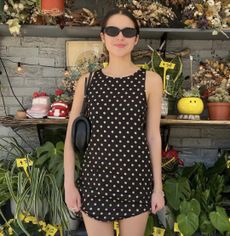 Olivia Rodrigo Finds the Perfect Spring Dresses at Reformation
Olivia Rodrigo Finds the Perfect Spring Dresses at ReformationShe's worn the brand twice in the past week.
By Julia Marzovilla Published
-
 Curiously, Just as Meghan Markle Sends Samples of Her New Strawberry Jam Out, the Buckingham Palace Shop Starts Promoting Its Own Strawberry Jam on Social Media
Curiously, Just as Meghan Markle Sends Samples of Her New Strawberry Jam Out, the Buckingham Palace Shop Starts Promoting Its Own Strawberry Jam on Social MediaThe clip promoting the Buckingham Palace Shop’s product—we cannot make this up—is set to Mozart’s “Dissonance Quartet.”
By Rachel Burchfield Published
-
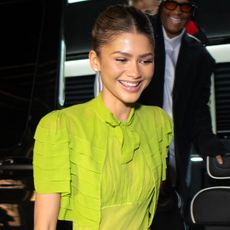 Zendaya's Latest 'Challengers' Serve Is Nearly a Century Old
Zendaya's Latest 'Challengers' Serve Is Nearly a Century OldThe 1930s-era dress may have been pulled months ago.
By Halie LeSavage Published
-
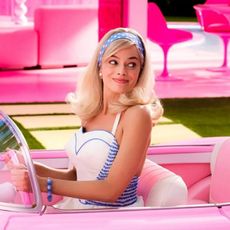 A Definitive Ranking of Margot Robbie’s Top 10 Movie Roles
A Definitive Ranking of Margot Robbie’s Top 10 Movie RolesShe's got a knack for playing complex women.
By Andrea Park Published
-
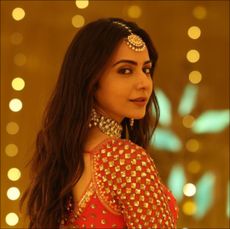 The Best Bollywood Movies of 2023 (So Far)
The Best Bollywood Movies of 2023 (So Far)Including one that just might fill the Riverdale-shaped hole in your heart.
By Andrea Park Published
-
 ‘Bachelor in Paradise’ 2023: Everything We Know
‘Bachelor in Paradise’ 2023: Everything We KnowCue up Mike Reno and Ann Wilson’s “Almost Paradise."
By Andrea Park Last updated
-
 Who Is Gerry Turner, the ‘Golden Bachelor’?
Who Is Gerry Turner, the ‘Golden Bachelor’?The Indiana native is the first senior citizen to join Bachelor Nation.
By Andrea Park Last updated
-
 ‘Virgin River’ Season 6: Everything We Know
‘Virgin River’ Season 6: Everything We KnowHere's everything we know on the upcoming episodes.
By Andrea Park Last updated
-
 The 'Barbie' Movie Poster Is Already This Year's Most Iconic Meme
The 'Barbie' Movie Poster Is Already This Year's Most Iconic MemeYour daily dose of internet comedy.
By Iris Goldsztajn Published
-
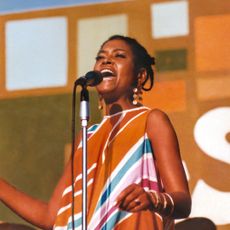 Documentaries About Black History to Educate Yourself With
Documentaries About Black History to Educate Yourself WithTake your allyship a step further.
By Bianca Rodriguez Published
-
 The 60 Best Musical Movies of All Time
The 60 Best Musical Movies of All TimeAll the dance numbers! All the show tunes!
By Amanda Mitchell Last updated